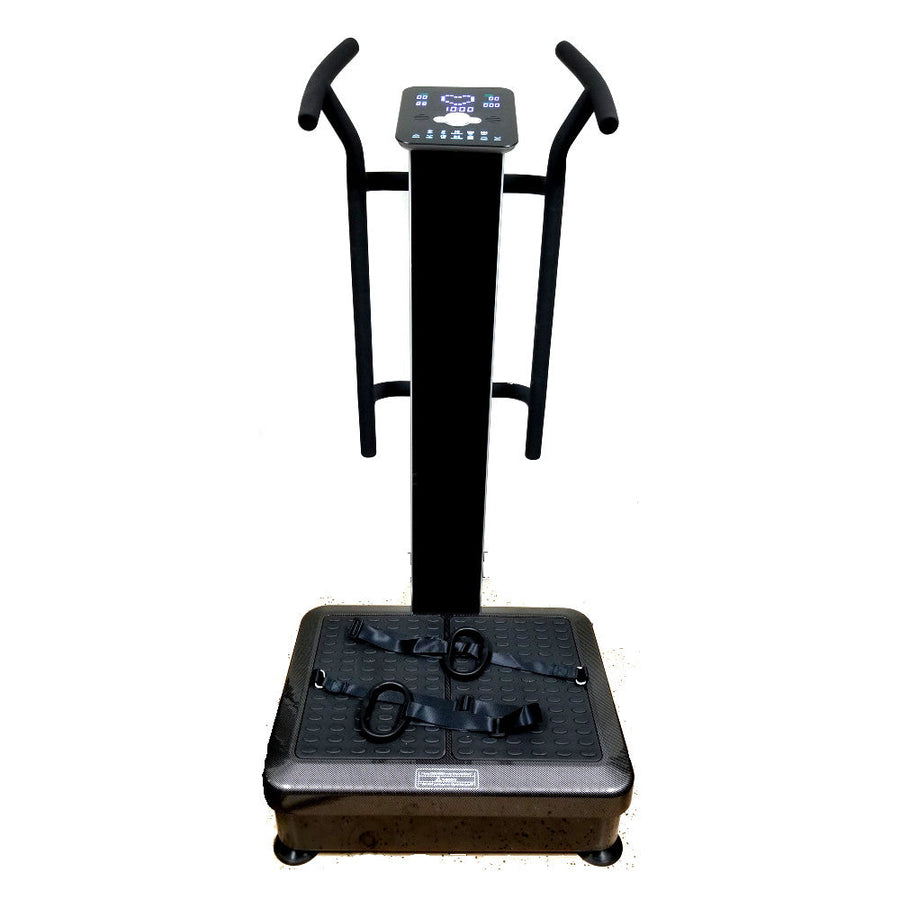Yoga Reduces Fibromyalgia Pain
Sufferers from the chronic, unyielding pain that is associated with Fibromyalgia can now find a friend in the ancient practice of yoga. New research is showing that much of the pain from Fibromyalgia can be mitigated by practicing yoga.
In a study published in the November issue of PAIN, researchers at Oregon Health & Science University announced that pain can be reduced by an average of 24 percent, fatigue by 30 percent and depression by 42 percent for people suffering from Fibromyalgia.
Fibromyalgia is a debilitating condition affecting eleven million individuals in the US. FM drug therapies are generally only 30% effective at reducing symptoms and 20% effective at increasing function.
"Previous research suggests that the most successful treatment for fibromyalgia involves a combination of medications, physical exercise and development of coping skills," said James Carson, Ph.D., a clinical health psychologist and an assistant professor of anesthesiology and perioperative medicine in the OHSU School of Medicine. "Here, we specifically focused on yoga to determine whether it should be considered as a prescribed treatment and the extent to which it can be successful."
"Although yoga has been practiced for millennia, only recently have researchers begun to demonstrate yoga’s effects on persons suffering from persistent pain," commented Carson. "The Yoga of Awareness program stands in contrast to previous multimodal interventions with FM patients in that it integrates a wide spectrum of yoga-based techniques postures, mindfulness meditation, breathing exercises, application of yogic principles to optimal coping, and group discussions.the findings of this pilot study provide promising preliminary support for the beneficial effects of yoga in patients with FM."
Dr. Carson and fellow researchers noted, "In addition, the results suggested the yoga intervention led to a beneficial shift in how patients cope with pain, including greater use of adaptive pain coping strategies (i.e., problem solving, positive reappraisal, use of religion, activity engagement despite pain, acceptance, relaxation) and less use of maladaptive strategies (i.e., catastrophizing, self-isolation, disengagement, confrontation)."





